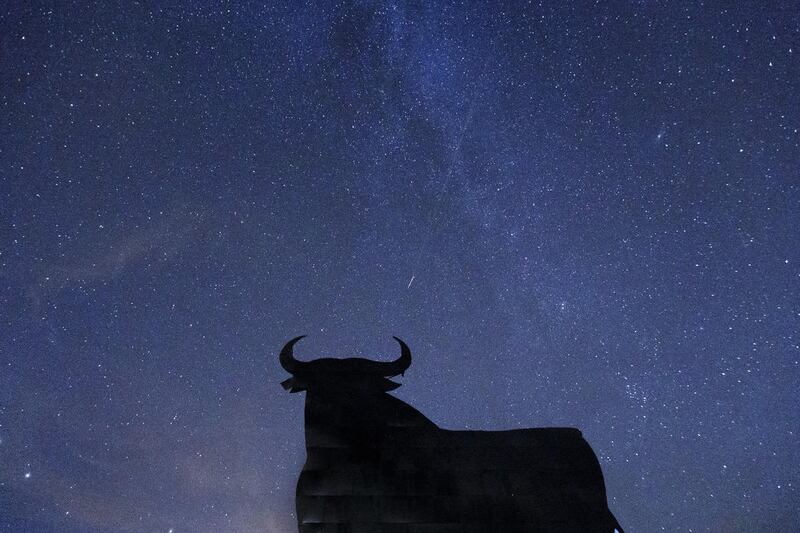The third and final full moon of the summer, the sturgeon moon, arrives this weekend. While exciting for moon-watchers, its bright light will unfortunately diminish viewing of the annual Perseids meteor shower, which peaks Aug. 12-13.
The sturgeon moon
The sturgeon moon is named after the giant freshwater sturgeon fish in the Great Lakes and Lake Champlain. The fish was historically quite abundant in the late summer and a vital food source for Native Americans in the region, per The Farmer’s Almanac.
Other names for the August moon include flying up moon (a Cree term used to describe when young birds are finally ready to fly the nest), corn moon, harvest moon and ricing moon, all referring to the time for gathering maturing crops.
How to get the best view of the full moon?
The sturgeon moon will reach the full phase at 3:56 a.m. EDT (1:56 a.m. MDT) on Saturday, Aug. 9, but will appear full the night before and the night after, according to Space.com.
The best viewing time in Utah and North America will be during dusk on Friday, Aug. 8, according to Forbes. West Coast viewers will get another chance on Saturday, Aug. 9, during peak viewing time.
What causes a full moon?
Full moons are a phenomenon that occur when Earth is “precisely sandwiched between the Sun and the Moon,” per Astronomy magazine, an alignment that allows viewers on Earth to see the entire side of the moon illuminated by sunlight.
What is the Perseids meteor shower?

Meteor showers are the cookie crumb trails of space, originating from broken asteroids that leave dusty trails behind them. Every year, Earth passes through these trails on its rotation, colliding with its atmosphere and creating bright streaks in the sky when they disintegrate. Astronomer Giovanni Schiaparelli discovered the source of the Perseids is the comet Swift-Tuttle, which takes 133 years to orbit the sun, according to NASA.
The Perseids meteor shower is active now (since July 17) and will continue to be visible until Aug. 23.
Peaking in mid-August (Aug. 12), NASA considers this “the best meteor shower of the year,” noting, “With swift and bright meteors, Perseids frequently leave long ‘wakes’ of light and color behind them as they streak through Earth’s atmosphere.”
“The Perseids are one of the most plentiful showers with about 50 to 100 meteors seen per hour,” NASA says.
How to best view the Perseids meteor shower
NASA recommends viewing the meteor shower during pre-dawn hours for the best experience, though meteors may be visible as early as 10 p.m.
“The night the meteor shower peaks (Aug. 12) will coincide with the full moon. The light of the moon can hinder the stargazing experience, making it harder to see the meteor shower,” reports USA Today.
For best viewing of any meteor shower, experts recommend:
- Finding the darkest available location
- Allowing your eyes 20 to 30 minutes to adjust to darkness
- Avoiding bright lights or screens during your viewing time

